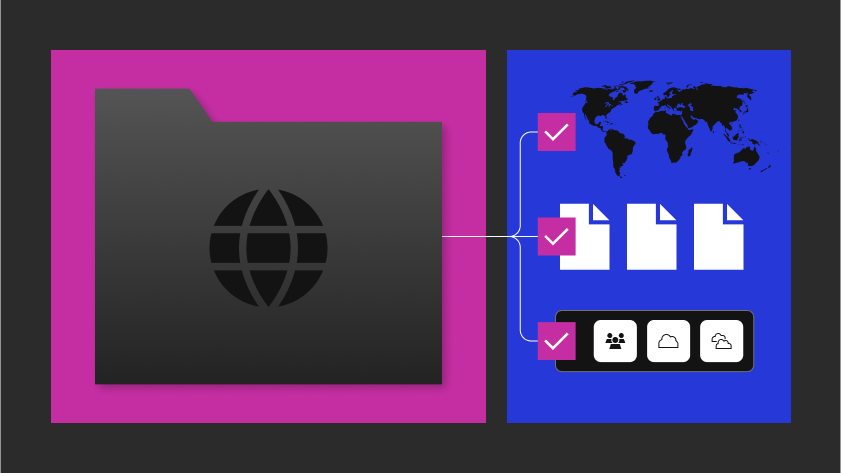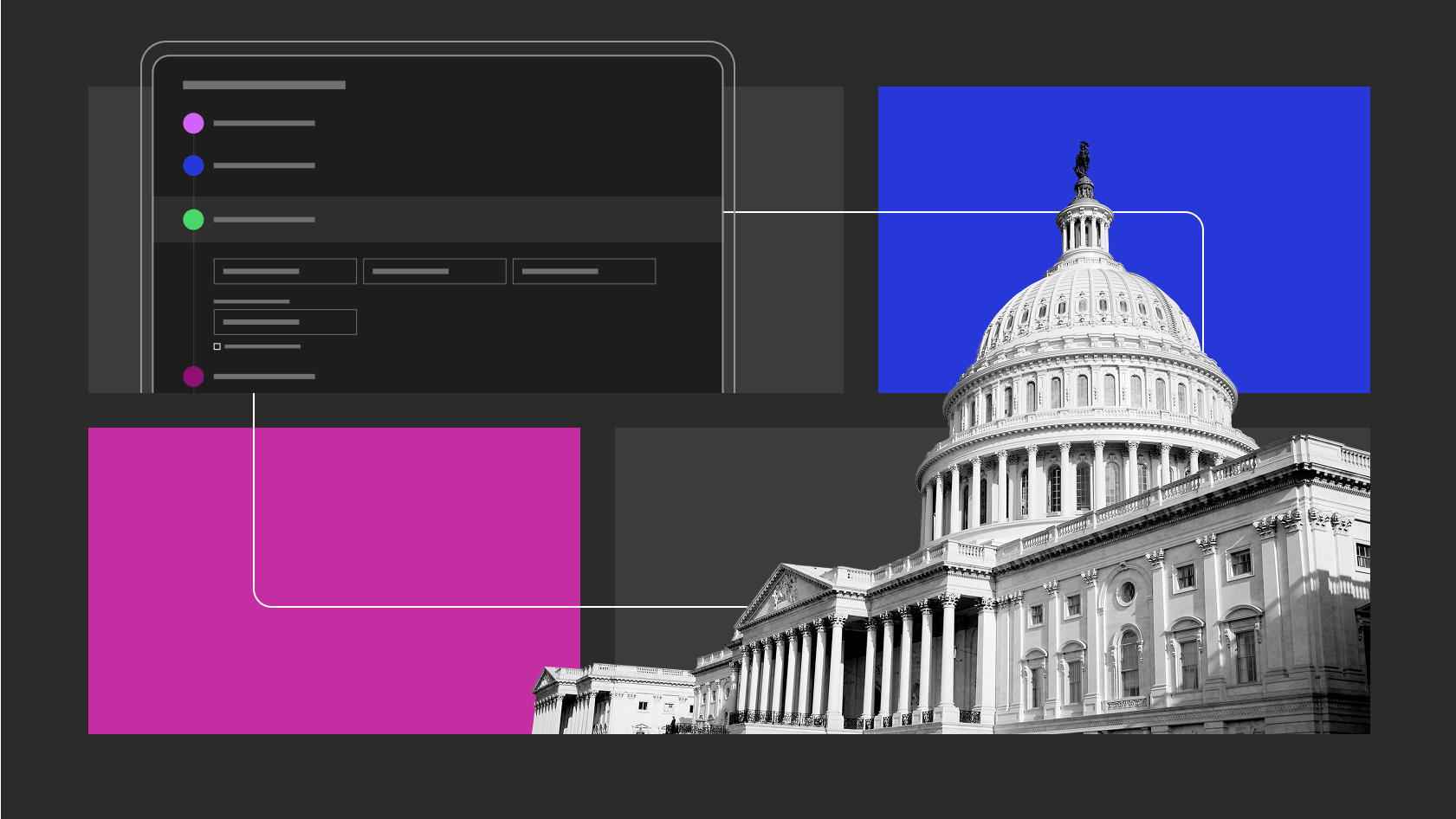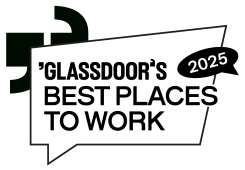What constitutes a truly well-designed product? From computer to cars, nearly every piece of technology we use to interact with the world involves an element of design. As a casual consumer, certain details may spring to mind when assessing a product’s design—visual attractiveness, an intuitive layout, simplicity.
A well-designed product involves far more than aesthetics and ease-of-use, however. It transcends the product itself. Truly innovative design focuses on the user experience, and understands that the goal of every design should be to optimize it. This is where human-centered design (HCD) comes into play. HCD is a holistic design approach that focuses on people above all else, and takes into account their perspectives, pain points, and needs.
As a company that’s passionate about HCD, we don’t believe in simply asking, How can we create a product that’s well-designed? Instead, we ask ourselves, How can we use design to make an impact on lives of others? This approach ensures that we create products that are accessible, sustainable, and beneficial to our users’ well-being. Below are some of our key takeaways on how to successfully implement HCD in your solutions.
Avoid assumptions. Build empathy
Staying open-minded is the key to innovation. Rather than boxing your users into preconceived categories, get to know them to understand what they need. First figure out who your target users are, and then ask questions that put yourself in their shoes—What are their wants? Challenges? Pain Points? Fears? Motivations?
To truly understand your users’ perspectives and paint points, research is necessary. This can consist of surveys, focus groups, interviews, and observation sessions. A truly well-designed product isn’t constrained by outdated processes or ideologies. Instead, it is a built upon the right investigative questions to understand your users’ emotions, thoughts, and behaviors. Developing empathy enables you to create solutions that are actually meaningful for your users, and in turn, have the potential to directly improve their lives.
Don’t just theorize. Test
Prototyping is a critical part of HCD because it stands as a quick and efficient way to test your product with your target users. Testing allows you to gather valuable feedback on what resonates with your users, and what confuses them. The most effective prototypes spur constructive feedback and encourage new possibilities. Prototyping can also be used to engage stakeholders in addition to your users, ensuring that all design decisions are made in an informed and collaborative manner.
HCD is all about creating effective and impactful outcomes, and real-world testing with a minimum viable product ensures that your product is capable of achieving solid objectives. Getting frequent (and early) feedback on tangible concepts will strengthen your product’s ability to solve real problems for real people.
Iterate, iterate, iterate
The most effective use of HCD leverages continuous learning. Constant iteration, refinement, and improvement acknowledges that as humans are ever-changing, your product is able to address any changes should the need arise.
Iteration also prevents you from being confined to a single direction that may not end up being the best solution for your users. Since user feedback is central to iteration, it’s another part of the HCD process that solidifies people as the focal point of how your solution evolves.
“Human-centered design sits at the intersection of empathy and creativity.” – IDEO
Our team is driven to improve the user experience, and employing HCD ensures that throughout the design process, we’re thinking creatively, responsibly, and inclusively. We believing in empathizing with real problems that our users face and developing solutions that they will not only use, but embrace. HCD manifests the idea that the best designs aren’t focused on the designer, but rather, on the people we’re designing for.
Contact Us
If you’re interested in working with us on innovative solutions that leverage an HCD approach, reach out to us at [email protected].
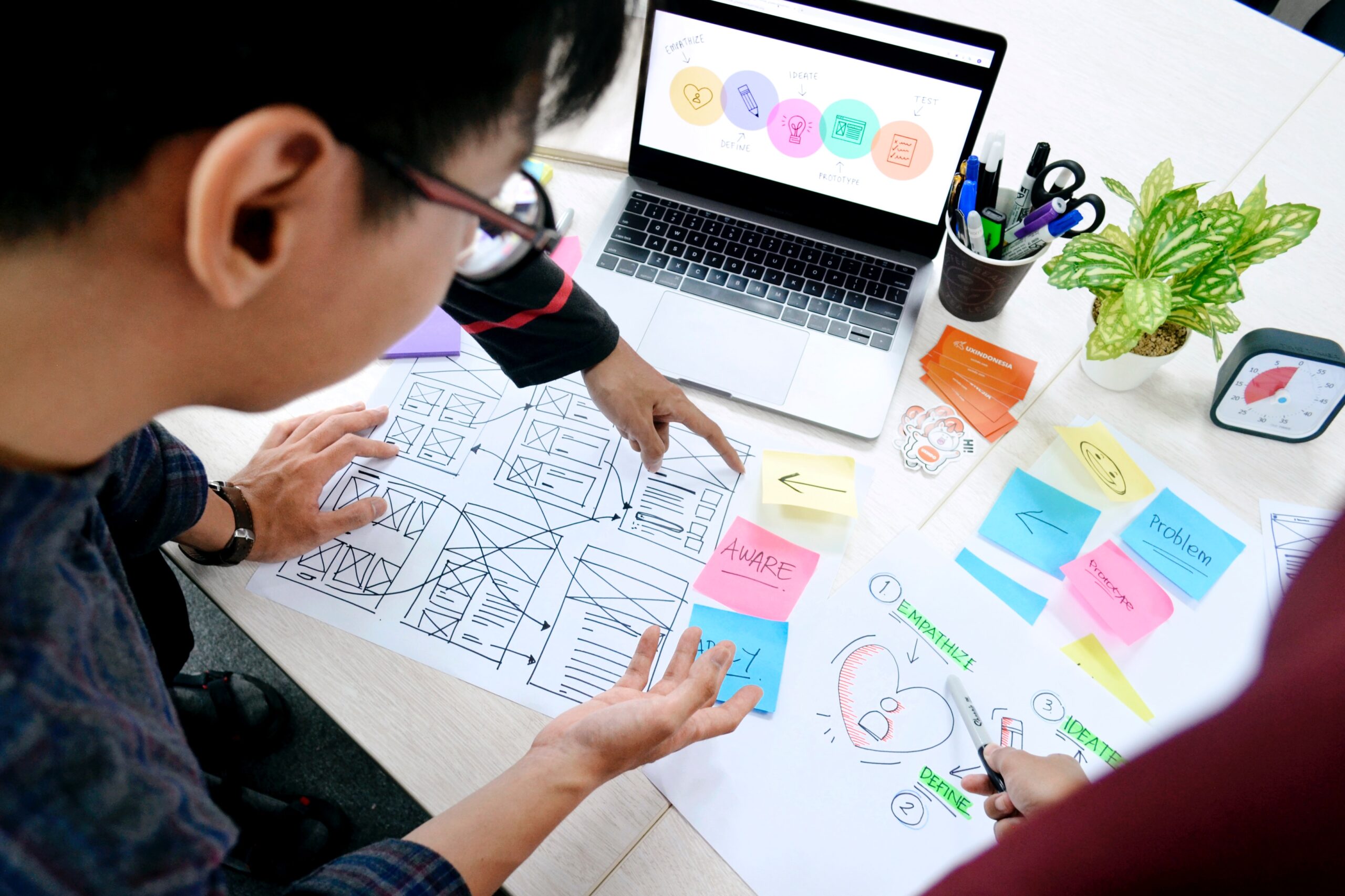
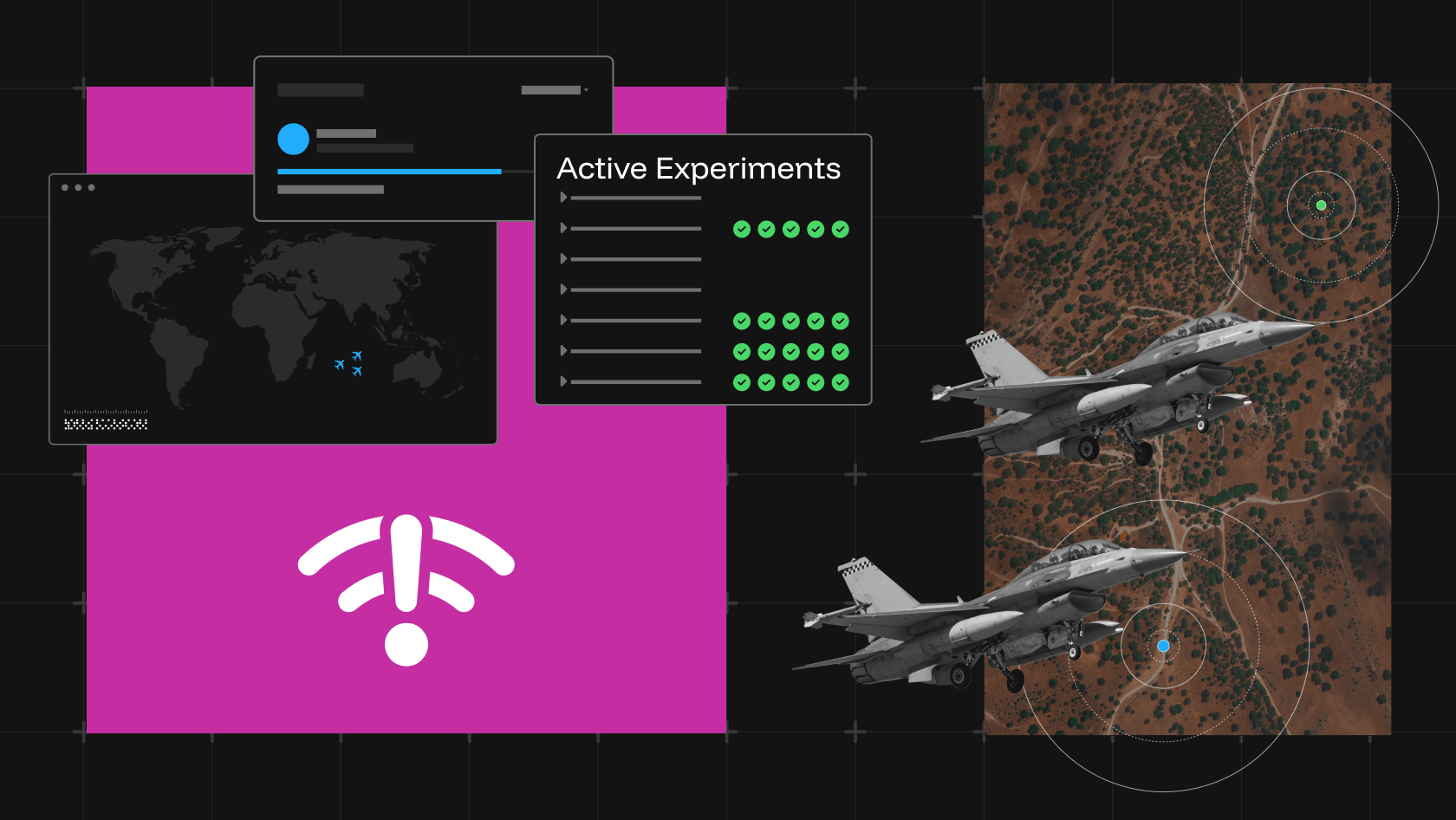
![Raft [R]DP Blog Post - Thumbnail Image](https://teamraft.com/wp-content/uploads/Raft-RDP-Blog-Post-Thumbnail-@2x.jpg)
